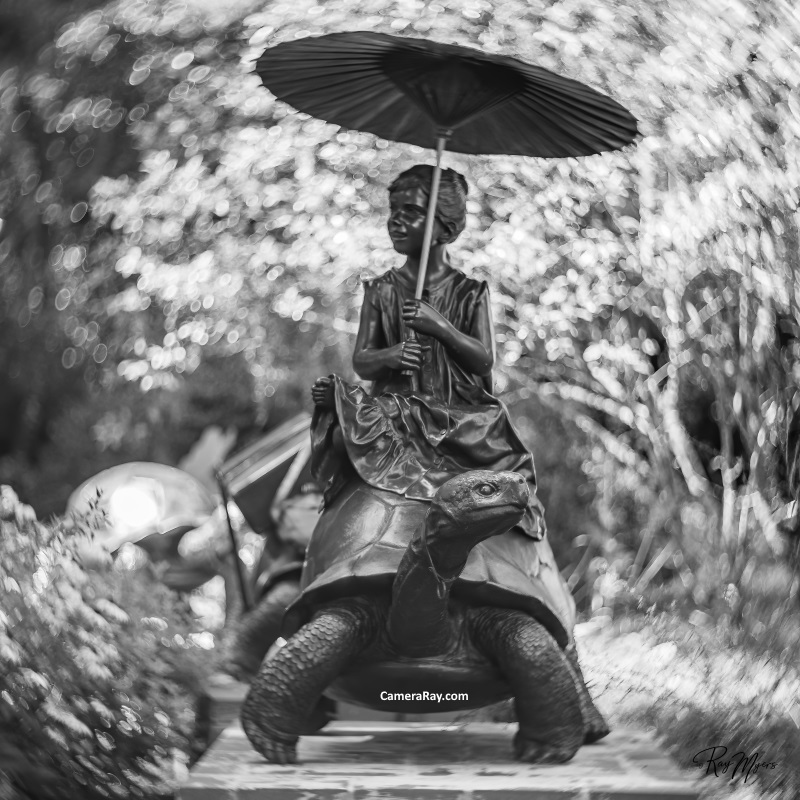
How To Find Vintage Projection Lenses To Adapt To Mirrorless Cameras.
The world of vintage projection lenses is a treasure trove waiting to be explored. They are a marvel of optical engineering, often exhibiting a unique character and aesthetic that modern lenses can’t quite replicate. Whether you’re a filmmaker, photographer, or simply a hobbyist, finding the perfect vintage projection lens can add a new dimension to your work. This guide will walk you through the process of finding, assessing, and purchasing these beautiful pieces of history.
Step 1: Understand Your Needs
Before beginning your hunt, it’s crucial to understand what you’re looking for. The type of lens you need will depend on your intended use. Do you want to project old 8mm films, create anamorphic flares for your digital camera, or perhaps you’re just interested in them as historical artifacts? Knowing your specific requirements will narrow down your search and help you focus on the right kind of lenses.
Step 2: Know the Brands and Models
Vintage projection lenses come from a variety of manufacturers and span decades of technological evolution. Renowned brands like Bell & Howell, Bausch & Lomb, and Kodak have manufactured a multitude of models over the years. But brands like Leitz, Schneider, ISCO, Sankor, can produce much better results. Research these brands, their models, and the specific characteristics each brings. For example, some models are known for their distinct anamorphic flare, while others are renowned for their sharpness and contrast. Online forums and vintage lens enthusiasts’ blogs can be a rich source of such information.

Image taken with Singer Super Sestar 2 Inch f/1.2 on Sony a6400 to create Swirly Bokeh.
Step 3: Identify Potential Marketplaces
Vintage projection lenses can be found in many places, both online and offline. Here are a few places to start:
Online Marketplaces: Websites like eBay, Etsy, and even Amazon can be goldmines for vintage lenses. They offer a vast selection and often allow you to filter by brand, condition, and price, making your search easier. Be aware that conditions can vary widely, so ensure you’re dealing with a reputable seller.
Thrift Stores and Flea Markets: These can be a treasure trove for finding vintage items, including projection lenses. Though it may require more time and patience, the thrill of finding a gem in the rough is hard to beat.
Auctions and Estate Sales: These are often overlooked sources of vintage lenses. Keep an eye on local listings for estate sales or auctions that mention old film equipment.
Photography Stores and Shows: Some photography stores specialize in vintage gear. Similarly, photography shows and conventions often have vendors selling vintage lenses.
Step 4: Assessing the Lens Condition
Once you’ve located a potential lens, it’s important to assess its condition. Look for signs of physical damage, including scratches, dents, or fungus. If you’re purchasing online, ensure the seller provides clear pictures from different angles and be sure to ask questions if anything isn’t clear. Remember that while cosmetic blemishes might not affect the lens’s performance, serious issues like lens separation or heavy fungus can.
For lenses intended for use, check if the focusing mechanism is smooth and the aperture blades are snappy and free of oil. If possible, project an image or take a few test shots to check for optical issues like distortion or chromatic aberration.
Step 5: Negotiating and Purchasing
Vintage projection lenses can range in price from a few dollars to several hundred, depending on factors like rarity, condition, and brand. Be prepared to negotiate. Sellers are often willing to reduce the price, especially if you can point out any condition issues not mentioned in the listing.
When purchasing online, use secure payment methods and ensure the seller has a return policy in case the lens doesn’t match its description.
Step 6: Post-Purchase Care
Once you’ve secured your vintage projection lens, proper care and maintenance are key to preserving its condition and ensuring its longevity. Here are some tips to keep your lens in top shape:
Cleaning: Use a lens cleaning solution and a soft microfiber cloth to gently clean the lens elements. Avoid harsh chemicals that could damage the coating.
Storage: Store the lens in a cool, dry place. High humidity can lead to fungus growth, while extreme temperatures may cause damage. A padded lens case can help protect it from accidental drops or scratches.
Usage: Be gentle when using your vintage lens. Remember that these are old pieces of equipment and might not be as robust as modern lenses. When mounting it to a camera or projector, ensure you’re not forcing it and potentially damaging the threads.
Maintenance: If your lens needs repair, try to find a professional who specializes in vintage lenses. Ordinary camera repair shops might not have the expertise or the necessary parts.
In conclusion, finding vintage projection lenses can be a rewarding endeavor. These lenses carry a historical and aesthetic value that can’t be replicated by modern lenses. By understanding your needs, researching brands and models, knowing where to look, and learning how to assess condition, negotiate, and care for these lenses, you’ll be well on your way to becoming a seasoned vintage projection lens hunter. Remember, the journey is as rewarding as the destination, and every vintage lens you find is a piece of history that you’re preserving for the future. Happy hunting!